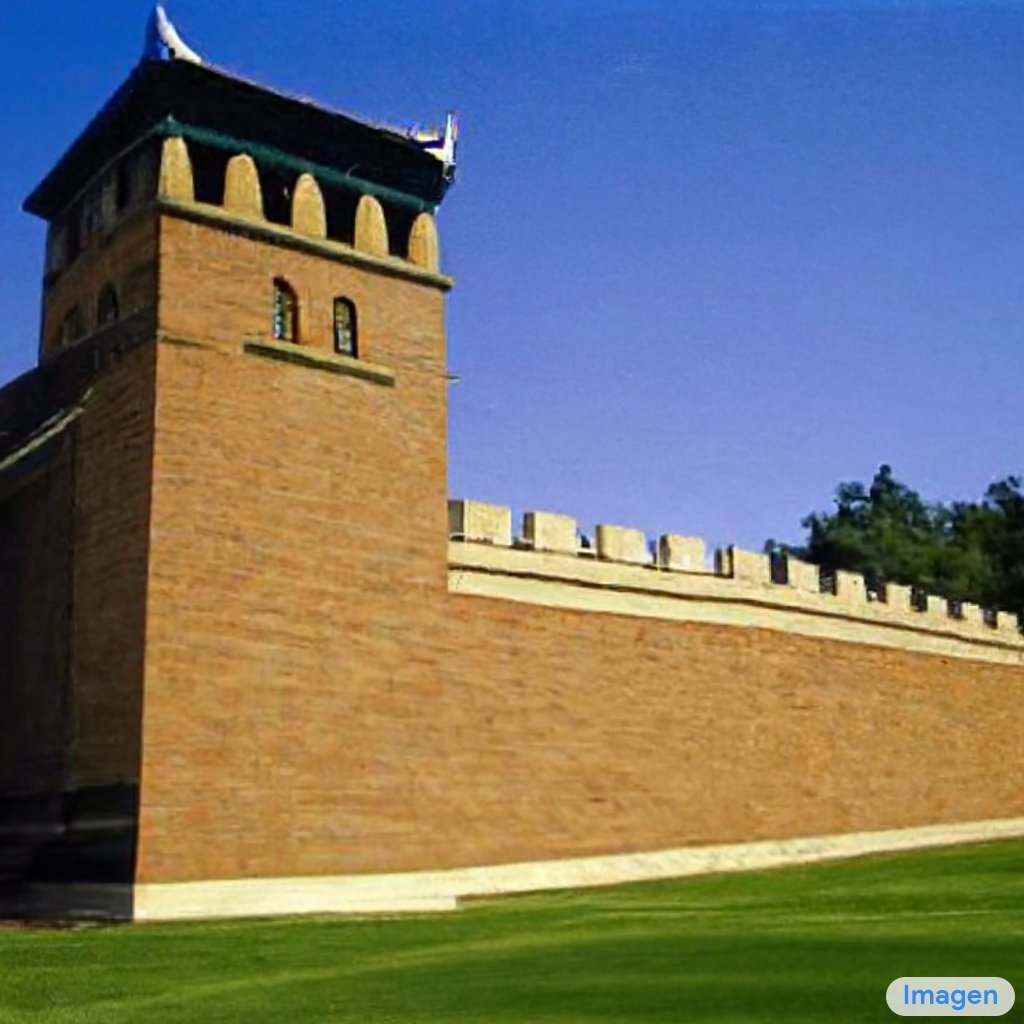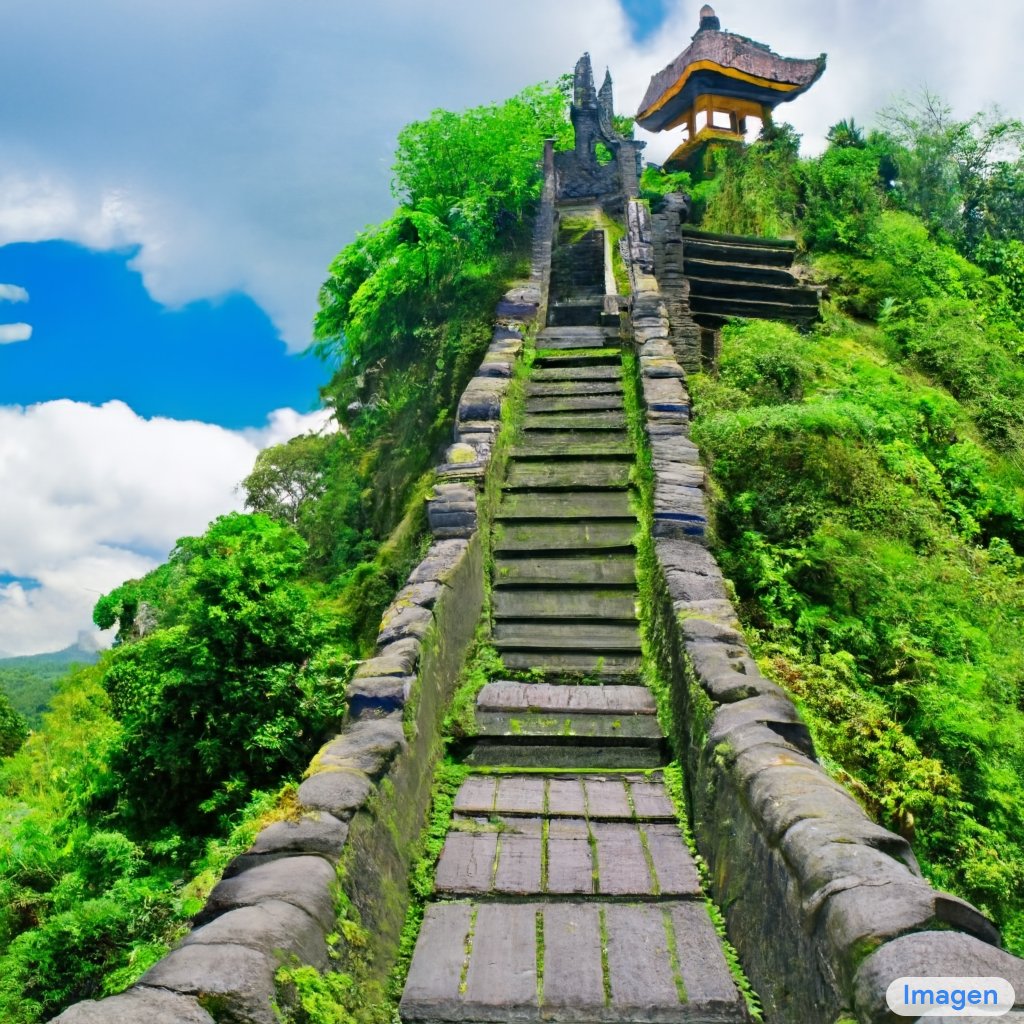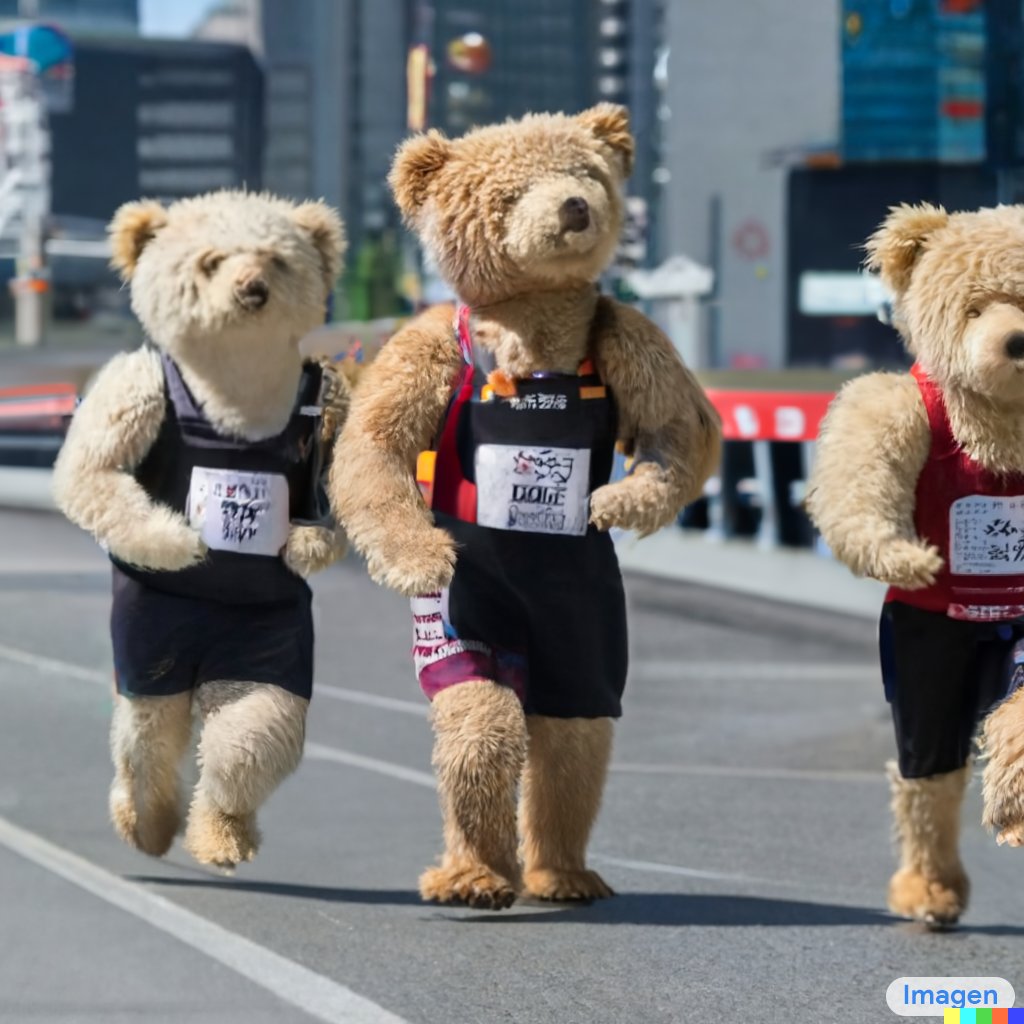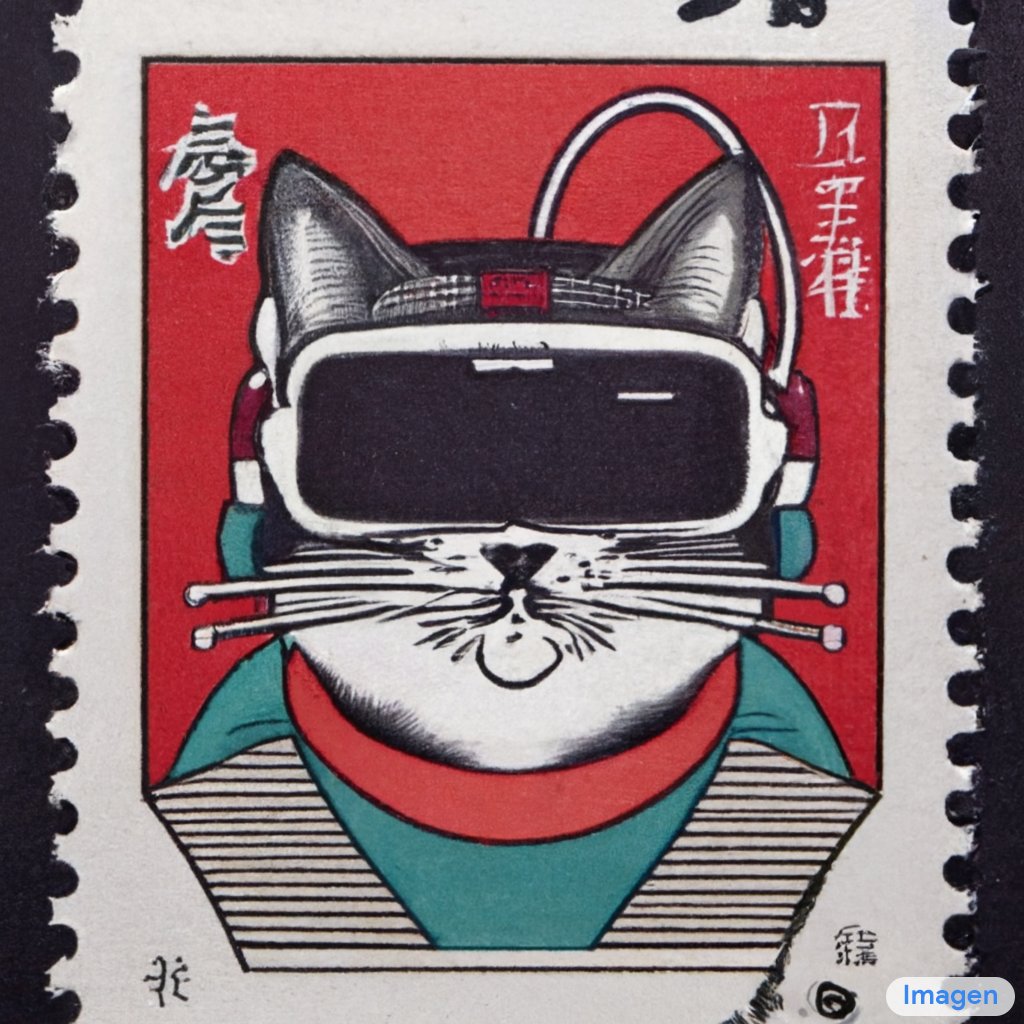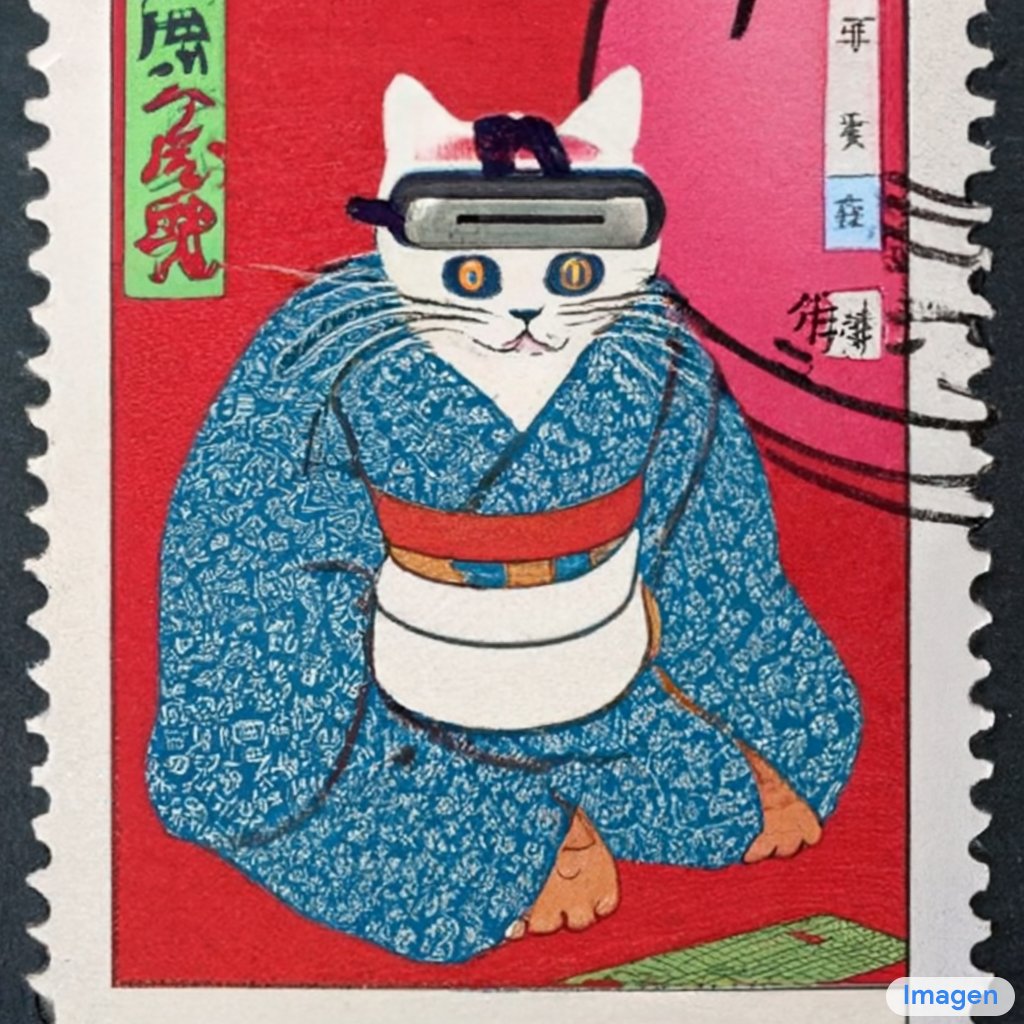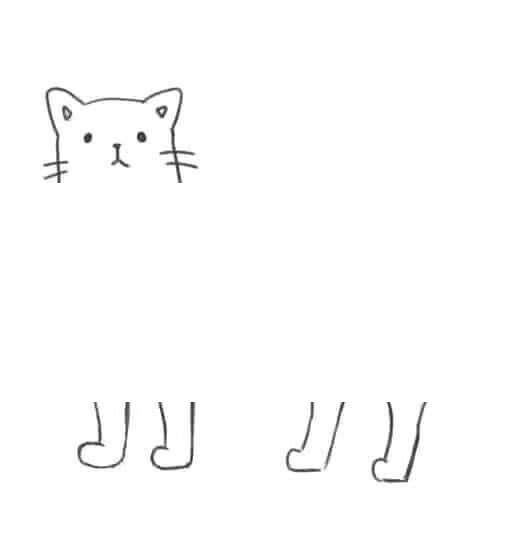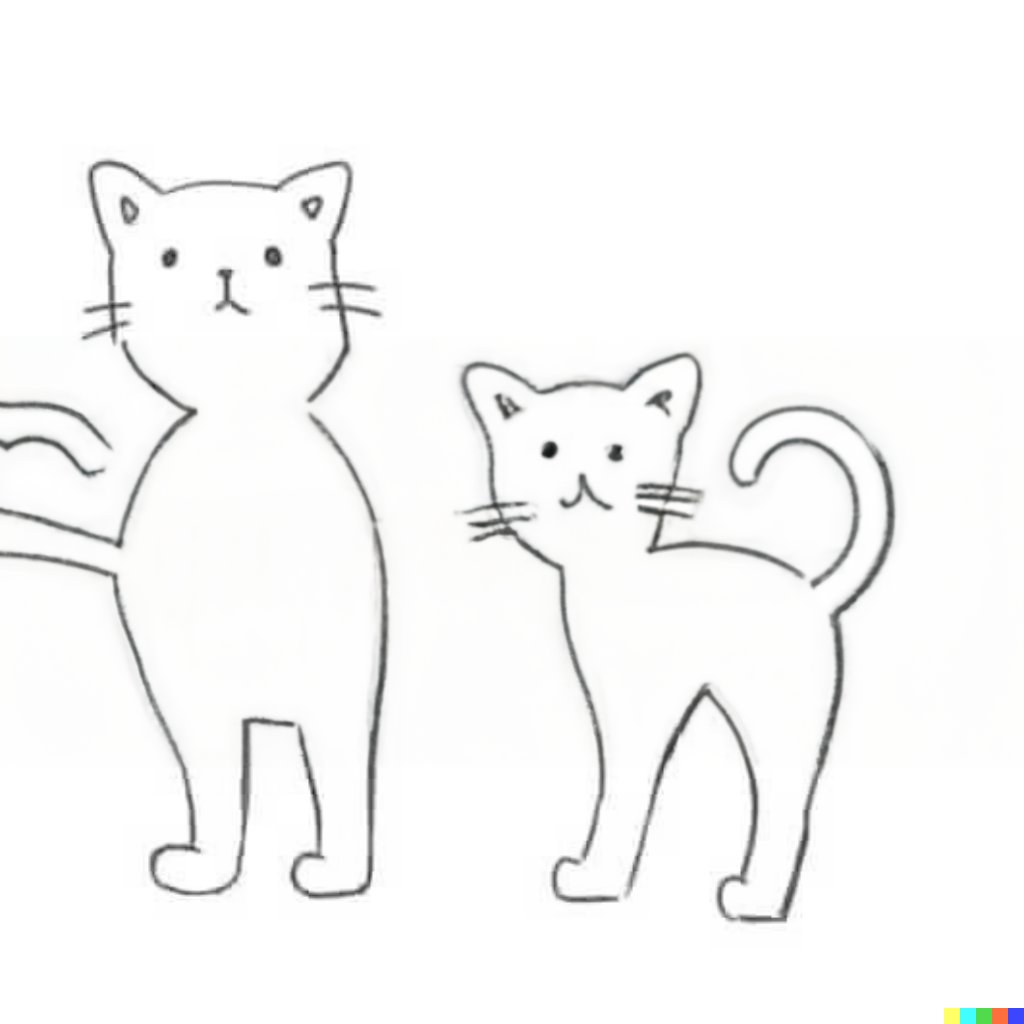
The most interesting and viral images you see produced by text-to-image models are not merely the results of the deep learning models themselves, but rather the result of a complex feedback loop between a human neural net🧠 interacting with an artificial neural net🤖.
🧵Thread👇
🧵Thread👇

You can clearly see this, because the prompts for images that end up going viral for one model, clearly don’t “work” for another model.
The best images are chosen from evolutionary selection at the community level, and each image are the result of human/model iterative feedback:
The best images are chosen from evolutionary selection at the community level, and each image are the result of human/model iterative feedback:
https://twitter.com/_nateraw/status/1541830523194056704
From the #dallemini phenomenon, it’s also clear that the most viral content is not related to particular art styles, or whether the model can produce high quality images (reflected in training data). But rather, whether the model can portray cultural items that people talk about. 

Another thing I noticed is that people love discussing current events with text-to-image memes. The models are obviously trained on data from the past that do not cover current events. But that’s fine, as long as they’re capable of creating images that reflect current news items. 



Another phenomenon is that once an aspect of particular model is discovered to be interesting/viral (like courtroom sketches/jesus/ted talks/castles), the concept is exploited and reused many times creating more viral hits.
Reminds me of @kenneth0stanley’s picbreeder experiment.



Reminds me of @kenneth0stanley’s picbreeder experiment.




• • •
Missing some Tweet in this thread? You can try to
force a refresh






